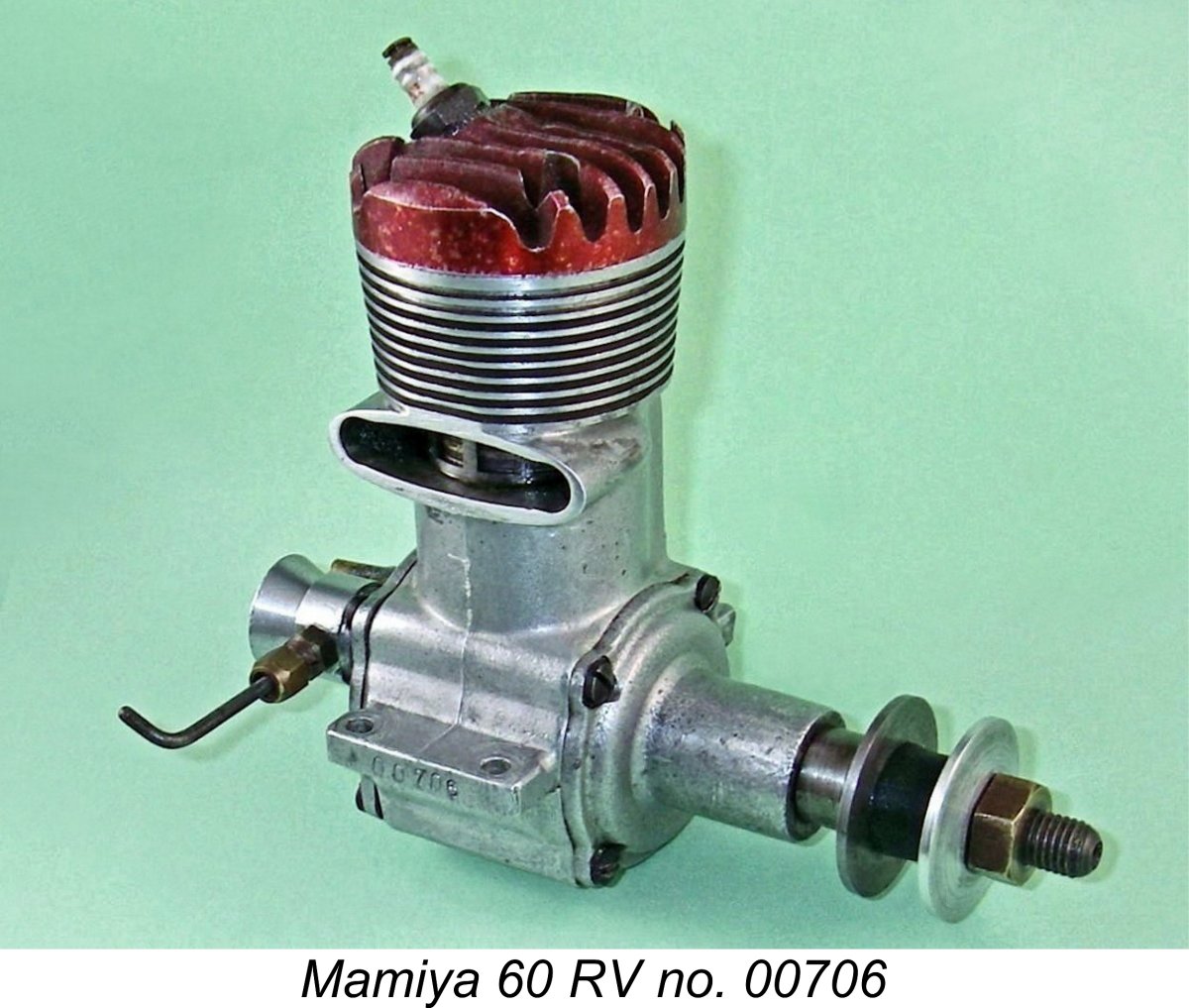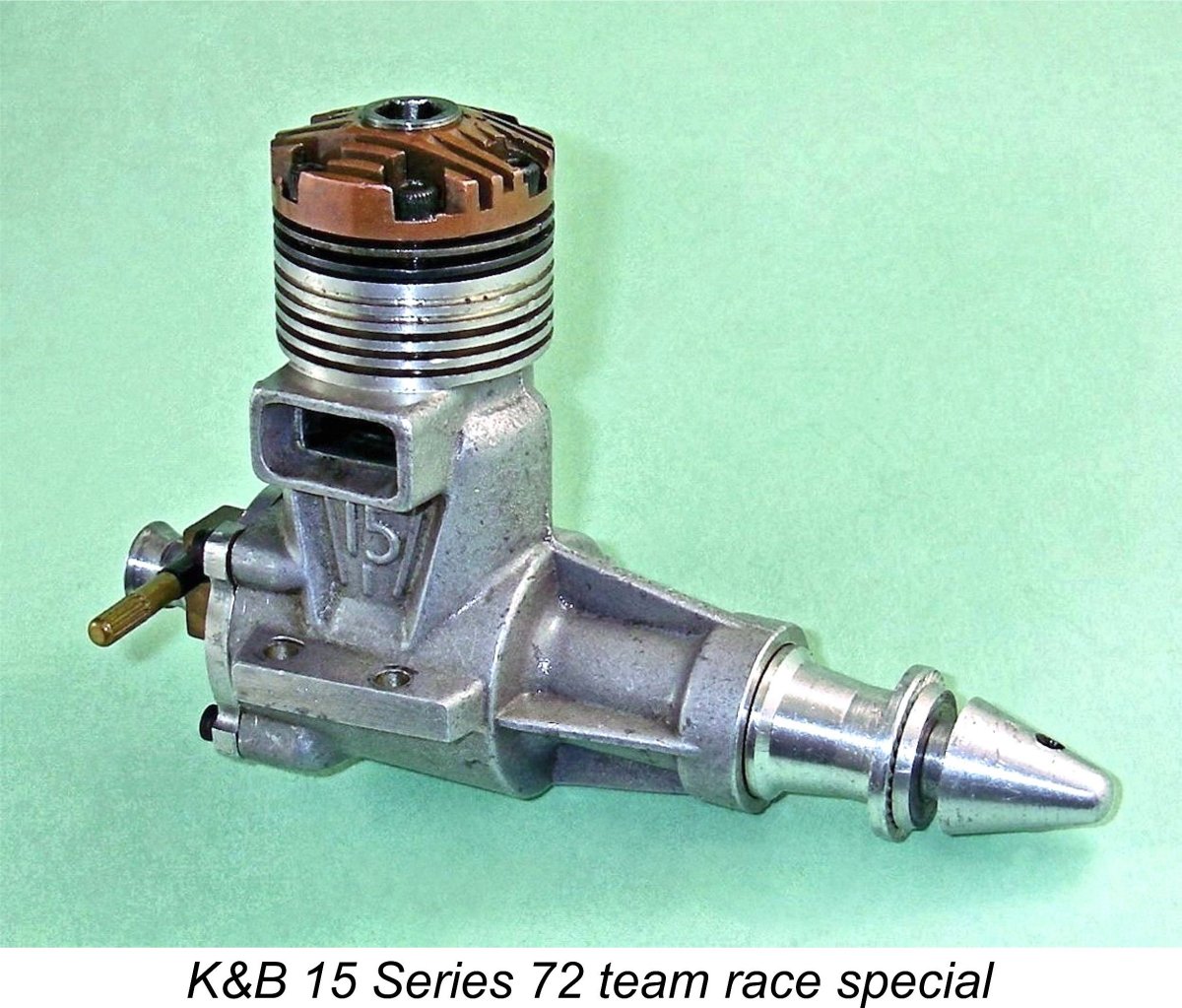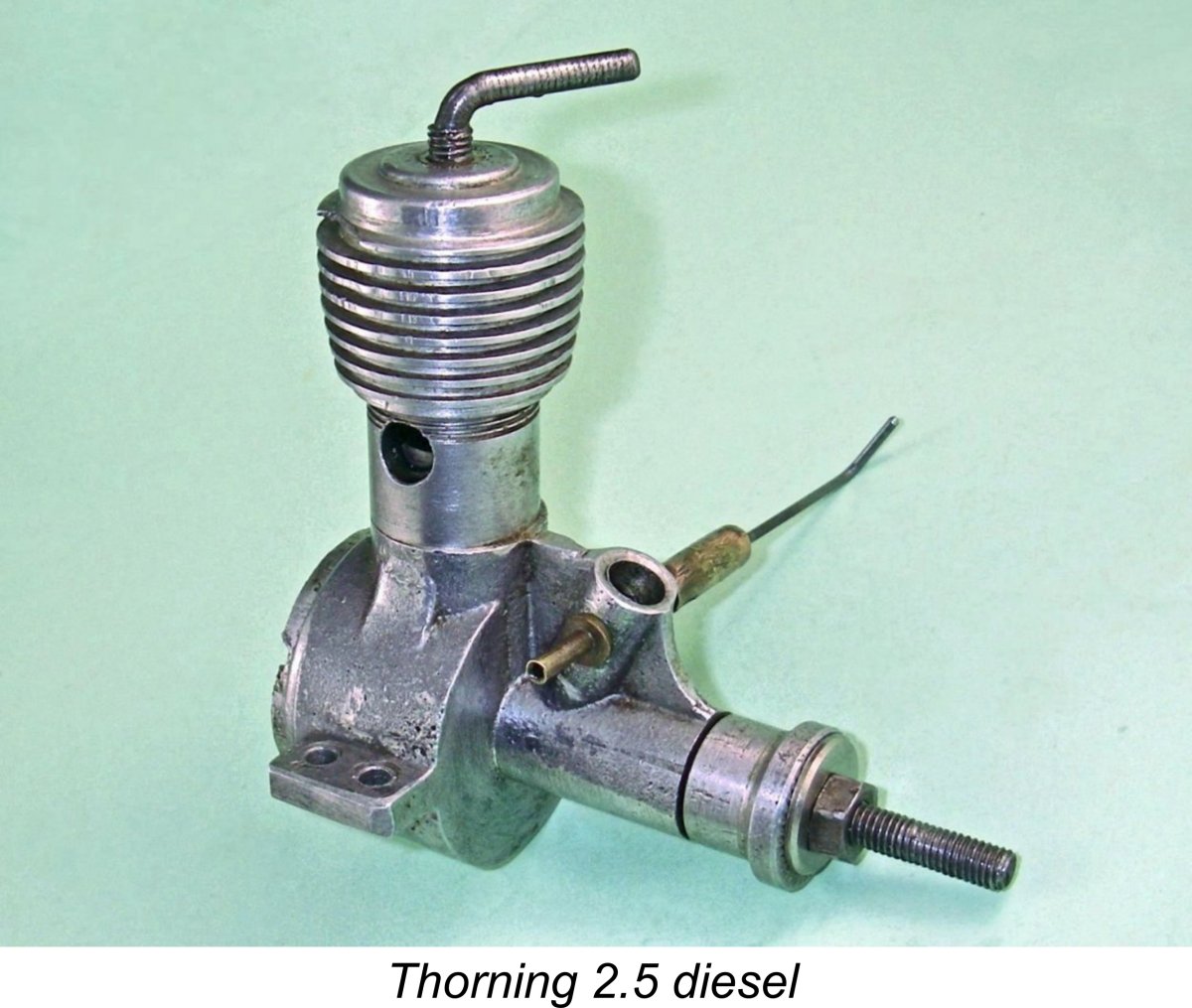
|
|
From the Editor - March 1st , 2019
After going through an unusually mild December and a weird almost Spring-like January and early February here on Canada's West Coast, we have now reverted to a mix of a few relatively light snowfalls mixed with clear skies, cold temperatures and the odd windstorm. Still nothing to match the majority of previous winters here. By contrast, some of Canada's eastern Provinces and parts of the USA have certainly been getting their share of visits from Old Man Winter! My commiserations ....... Our being spared such ravages naturally has a downside - looking at the significantly smaller-than-usual mountain snowpack in our part of the world, I fear that we're in for water shortages during the coming summer of 2019. We also expect another bad forest fire season, with less water than usual with which to fight the fires.
Of course, the number of visits only tells part of the story - the number of pages accessed is a more representative indicator of the level of interest in the material on this site. In that regard, there was a major improvement from the rather ordinary figure of 79,602 pages accessed in December to a far more encouraging total of 112,957 pages in January. The average number of pages accessed per visit rebounded from the figure of 4.3 in December to a far more inspiring average of 5.5 pages per visit in January. People still seem to be finding something of interest here - thanks for being a part of that!  Now a note which has unfortunately had to become a regular feature of these Editorials. Despite my repeated admonitions not to do so, people are continuing to try to register on this website. As I've previously stated time and time again, this has absolutely no effect - it's simply an artefact left over from the generic platform's primary intended use as an on-line sales site. Since this is not a sales site, the registration feature is redundant and I make no use of it whatsoever. Now a note which has unfortunately had to become a regular feature of these Editorials. Despite my repeated admonitions not to do so, people are continuing to try to register on this website. As I've previously stated time and time again, this has absolutely no effect - it's simply an artefact left over from the generic platform's primary intended use as an on-line sales site. Since this is not a sales site, the registration feature is redundant and I make no use of it whatsoever.
So why is it still there?!? Well, before anyone else asks (and quite a few well-meaning souls already have!), I've thoroughly explored the possibility of removing or at least blocking this feature, but it can't be done without extensive (and very expensive) custom modification to the otherwise very useable generic platform which came as a ready-to-use over-the-counter package, thus keeping the costs and complexities manageable. So we're stuck with this feature. The bottom line therefore remains - please don't bother registering! Doing so accomplishes nothing apart from creating unnecessary cyber-clutter, which I definitely don't need!Along with the continued use of this website, the correspondence from my valued contacts around the world has continued to pour in unabated. During the past month I've heard (in no particular order) from Maris Dislers, Kevin Richards, Paul Rossiter, Ken Croft, Miles Patience, Andrew Coholic, Peter Rathke, Jon Fletcher, Jesus Ortega Delgado, Bob Watts, Bill Wells, Fernando Pazó, Javier Pazó, Marcin Sadowy, Steve Webb, Goran Milosavljevic, Jeff Neal, Peter Clarke, Bob Christ, Don Sohn, Hans Edwards, Peng Han, Luis Petersen, Jens Geschwendtner, Peter Valicek, Mike Conner and Tim Dannels. Sincere apologies to anyone whom I may have inadvertently Alberto writes that his Parra T3 (2.5 cc Tiger 3) and T4 (3.2 cc Tiger 4) units are back in stock in both standard and special versions. These units are classically styled along the lines of the iconic Oliver Tiger models, but feature a number of improvements. They are primarily designed for Vintage competition applications. Alberto is currently offering a limited number of these engines at a special discount, as follows: Parra T4 .............. 190 Euro incl. shipping (normal price is 210 + shipping) Parra T4 special.. 260 Euro incl. shipping(normal price is 290 + shipping) Parra T3 ............... 170 Euro incl. shipping (normal price is 190 + shipping) Parra T3 special... 240 Euro incl. shipping (normal price is 270 + shipping) I thought that I should share the details of this offer with my valued readers who may wish to take advantage of it. My own order went in at once! Alberto is a genuine enthusiast who is doing his very best to support those of us who remain interested in control line flying. His venture is well worthy of our reciprocal support. For further information, check out the T3/T4 page on Alberto's website.
 I'm pleased to report that after some years spent with family and dealing with work matters, my fellow Canadian enthusiast Andrew Coholic has succumbed to the urge to start making the metal chips fly again. I previously mentioned the example of the Sugden Special that he made as a refresher project and very kindly sent along to me. Subsequently he got stuck into making two examples of the well-known Owen Mate 2 cc diesel, which was designed as a simple home-built project by my late and greatly missed Aussie friend David Owen of Australia. I'm pleased to report that after some years spent with family and dealing with work matters, my fellow Canadian enthusiast Andrew Coholic has succumbed to the urge to start making the metal chips fly again. I previously mentioned the example of the Sugden Special that he made as a refresher project and very kindly sent along to me. Subsequently he got stuck into making two examples of the well-known Owen Mate 2 cc diesel, which was designed as a simple home-built project by my late and greatly missed Aussie friend David Owen of Australia. One of Andrew's two now-completed Mates just landed in my mail-box! As you can see from the attached illustration at the left, it's a superb piece of work altogether! I can't wait tp give it a try, and I hope to publish a test report here in due course. I honestly find it difficult to adequately express my appreciation to Andrew.
Another piece of good news from the same source is the fact that Andrew is also feeling the urge to get his casting operation up and running once more. He was well known in the past for his Sugden Special castings, and we may see more of those as well as castings for other popular home-builds. Please do not push Andrew on this - he'll resume casting when he's ready to do so, and not before. I'll keep you all posted - just thought that you might like to know.
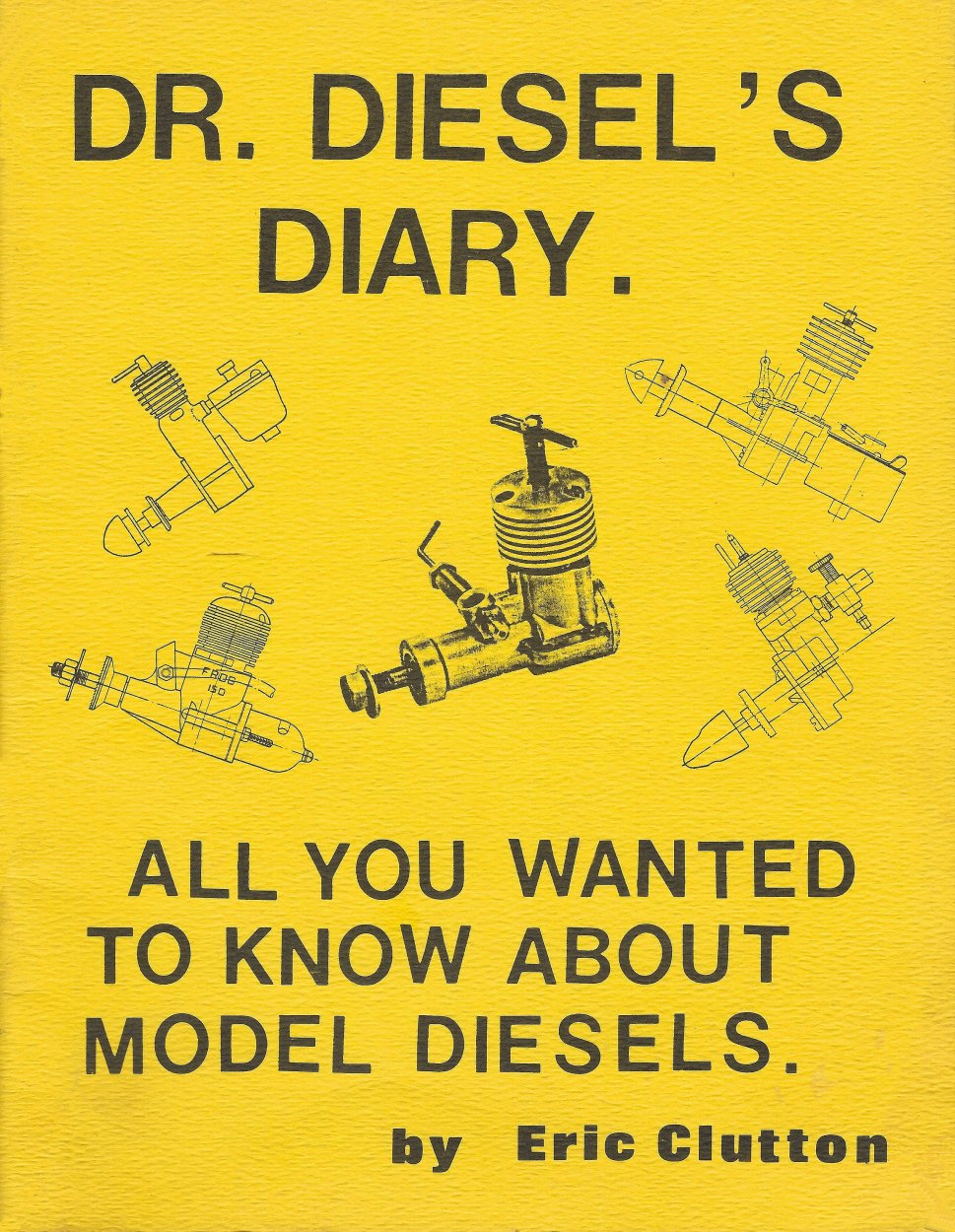 Maris Dislers mentioned that he had finally got around to ordering his own copy of one of the all-time classic books on model diesels - "Dr. Diesel's Diary" by Eric Clutton. I've had my own copy for years, and certainly share Maris's view of the value of this work, which I've now added to my "Publications" pages. I actually had no idea that the book was still available from Eric! Maris Dislers mentioned that he had finally got around to ordering his own copy of one of the all-time classic books on model diesels - "Dr. Diesel's Diary" by Eric Clutton. I've had my own copy for years, and certainly share Maris's view of the value of this work, which I've now added to my "Publications" pages. I actually had no idea that the book was still available from Eric! Dr. Diesel's Diary is a 38 page softcover book on the subject of model diesel engines written by the welll-known modeller and home-built aircraft designer Eric Clutton, originally from England but now resident in Tullahoma, Tennessee, USA. It is essential reading for anyone who is contemplating becoming involved with model diesels for the first time or who simply wishes to learn more about them. The contents are comprehensive in scope, dealing with the history and background of model diesel development as well as such essential topics as operating principles, fuels and fuel mixing, starting and operating issues, maintenance, tank sizes and a lot more besides. Eric can still supply the book, the current cost of which is US$12.50 plus postage. Following the receipt of Maris's update, I contacted Eric directly. He's just about to turn 91 years old but is (in his own words) "still kicking, although a little more slowly!". For many years, Eric has acted as the US distributor of the PAW model diesel range from England as well as a variety of related accessories, including a heat-shrink covering material called Millennium Cover. This very light weight material has glue on one side but no backing sheet to mess with because the glue is high heat-activated. Eric sells a 10ft x 1 ft pack for $4.00 and uses nothing else himself. Eric advises that all items on his list are still available, along with an updated edition of "Dr. Diesel's Diary" which now includes information on mixing one's own diesel fuel. Eric is getting out of the diesel fuel supply business himself, but can recommend an alternative supplier in Arizona to whom he now passes his fuel orders. This supplier sells quarts at the same price as Eric charged.
Speaking of PAW engines, the March 2019 issue of "AeroModeller" magazine (issue no. 982) includes a test of the latest PAW 19 TBR Combat Special. A great read, as are many of the other articles in this fine magazine. If you aren't already a subscriber, you're missing out!  The crankcase and connecting rod of this example are made from a yellow plastic material, although apparently a few of them were black. A fascinating detail is the use of clear plastic for the backplate, so that the internal components can be seen during operation. The cylinder is steel with a four-bolt aluminum finned head. The exhaust stack has a copper foil lining to protect it from burning (or melting).The engines are reputed to have run well.
Ladislav Davidovič is an extremely talented maker of model engines. He also produced a few examples of the tiny jewel-like LD 0.1 cc diesel. An image appears here at the left. That's a Cox 3x1.25 prop, to give you some idea of the engine's size! Reader Michal Tesar of the Czech Republic tells me that Ladislav Davidovič is still alive and still building engines at the present time (March 2019). My greatly valued friend Peter Valicek sent along some images of yet another nice-looking Wotizit which we hope someone can identify. We've both searched our very extensive reference libraries, but have come up empty so far.
I seem to be getting a fair number of Whodunnits as opposed to Wotizits these days! Fair enough - the search for knowledge is endless! Here's another one which was sent along by my good mate Miles Patience of England. We know what it is because it tells us very directly - it's clearly identified on the case as a VB 15. Questions are - where and when was it made, and by whom?? It's pretty clear that the engine is of Eastern European origin because it features a metric glow-plug of typical Eastern Bloc pattern. Apart from the twin exhausts (one on each side), the thing that really stands out with this motor is the mounting arrangement. There are no beam mounting lugs - instead, there are two lateral pairs of mounting holes split between the rear of the case and the middle of the separate main bearing housing. When you stop to think about it, this would present a pretty significant mounting challenge in a typical model aircraft! Perhaps the engine was intended for some specialized application like tether car racing?!? Regardless, this one too has been added to the Wotizit page. A regular occurrence these days is the receipt of photographs from enthusiastic readers who feel that their pictures may be of use as illustrations in my articles. Indeed, in many cases these images are kindly provided in response to my own requests. Such assistance is very sincerely appreciated, and I gratefully use many of the images supplied in this way. However, I find that I spend a considerable amount of time each month formatting images received from others to meet the criteria that I generally apply to my own images which appear on this website. It seems that there might be value in my setting out the guidelines in question to assist others in submitting images that require less work on my part. Firstly, the images need to be pretty well in focus - that's surely a given for any publication. Secondly, the background should be homogeneous - no wrinkled cloth, newspaper, model plans, background clutter or other potential sources of distraction from the main image. For similar reasons, I prefer images in which the engine is not encumbered with a display stand, which can introduce both a source of visual distraction and a sense of ambiguity regarding whether a visible detail is part of the engine or part of the stand! And finally, engines should be depicted in all views with the cylinder more or less vertical. The above VB 15 image meets all of these criteria.
While I'm discussing images, an issue which is more of a point than a guideline seems worth mentioning here. It's desirable to take engine pictures from as far away as the available lighting and equipment will allow. This is because taking a picture from too short a distance invariably introduces distortion into the perspective of the image due to the "fish-eye" effect. The depth of field also becomes problematic. The attached comparative images of a Veterok 1.5 cc diesel both taken from the side make the point - in the upper "too close" image, we're apparently viewing the cylinder slightly from the front and the spinner slightly from the rear! The engine actually looks as if it's "bent" in the middle! In the lower image taken from a distance, we're seeing the whole engine from a uniform perspective. A relatively minor point, but one worth bearing in mind. I'm still awaiting an update from Rhodri Dafis with respect to my article on the Davies-Charlton enterprise. Rhodri is Hefin Davies' nephew, hence having an insider's view of his uncle's activities. He advised me earlier that he was very busy with a variety of family matters and that it would therefore take him some time to read the existing article and provide any necessary updates and/or edits. However, I've since heard nothing further, and my last two emails have gone unanswered. So I don't know at present whether anything will end up coming of this. Regardless, I'll keep trying .........
Last month I reported that the results of initial testing had prompted a number of changes to the UNICORN valved two-stroke unit which has been under development by the CS company of Shanghai, China. A further round of testing has since been conducted. Given the intervention of the 2019 Chinese New Year celebration which ran from February 5th - 19th inclusive to usher in the Year of the Pig, CS owner Han Peng was unable to guarantee a release date for the engine - all that he could commit to was a sincere intention to get it ready as early as possible. In the meantime, potential purchasers will just have to continue being patient. I'll let you know if I learn anything more ......
Well, quite a lot, seemingly! The writing of this new article has been triggered by the discovery of yet another highly significant variant of the early Deezil which further re-defines our appreciation of the engine as originally manufactured, before Gotham Hobby trashed it down into the $1.95 paperweight that it eventually became. Read all about it in this month's lead article, which I sincerely hope may stand from this point onwards as the primary authority on this understandably much-maligned unit! Acquisitions of this kind which provide further enlightenment regarding a specific series of engines Another recent acquisition which has forced me to add substantially to an existing article is a previously-unrecognized but undoubtedly original variant of the very rare Mamiya 60 RV racing glow-plug design from Japan. This new discovery sheds a great deal of light regarding the development of that model from its FRV spark ignition predecessor, also clarifying the hitherto-obscure serial number sequence. I've added a significant update to my earlier article on the Mamiya model engine range. Most of the new material will be found in the section entitled "1950 - 1954 - The Range Evolves". The bonus article for this month stems from last month's plea for help in identifying the maker of the extremely well-designed and competently-constructed 2.5 cc (.15 cuin.) K&B Series 72 based team race diesel which was My valued Danish friend Luis Petersen, who wrote last month's article on the Bugl and BG engines, knows Mats very well, having flown against him in numerous F2C team race events back in the day. In fact, he and Mats remain good friends to this day. Luis doesn't remember this particular engine, but he does have fond memories of his jousts in the F2C circle with Mats! He also continues to use a Mats Böhlin diesel conversion of a 1976 K&B 3.5 cc unit in Weatherman Speed, presently holdng the Scandinavian record for that displacement category using that engine. Today Mats is a noted participant in tether car racing, having won multiple championships and set numerous records with his own cars powered by his self-constructed MB10 powerplant. Thanks to Luis Petersen's ambassadorial efforts, I was able to obtain a significant amount of additional information about his K&B team race specials from Mats himself. Apparently he made between 10 and 15 examples of these engines during the 1970's. Now that we have some clarity regarding the origin and date of this technically fascinating engine, I've undertaken a detailed review which forms the subject of this month's bonus article. The quality of this K&B "special" is such that Mats Böhlin richly deserves our respectful acknowledgement!
The story of the Thorning 2.5 cc FRV model is a rather sad saga of honest effort by a highly-principled manufacturer coupled with some unfortunate outcomes of a few design decisions which fell short of success. The final version of the engine was a well-made and very useable powerplant, albeit offering nothing special by way of performance, but the earlier design-related problems doomed it before it really got off the ground. As a result, it is a fairly rare engine today. Nonetheless, its story is well worth preserving. I think that's it for now. I'll be back to you with another issue on or about April 1st, 2019 (a day pregnant with possibilities!!). Meanwhile, my best wishes for continued enjoyment of our shared addiction! Look after that flicking finger, and may the heady aroma of diesel fumes or burning nitro assault your nostrils frequently! Cheers, Adrian Duncan Coquitlam, British Columbia, Canada ___________________________________ Note regarding material to be found on this site - unless specifically otherwise noted, all images and text which appear on this site are my own work, and I hereby assert my right to be recognized as the originator of this material. For the record, this material is made freely available to all upon two firm conditions:
Adrian C. Duncan Coquitlam, British Columbia, Canada
|
| |
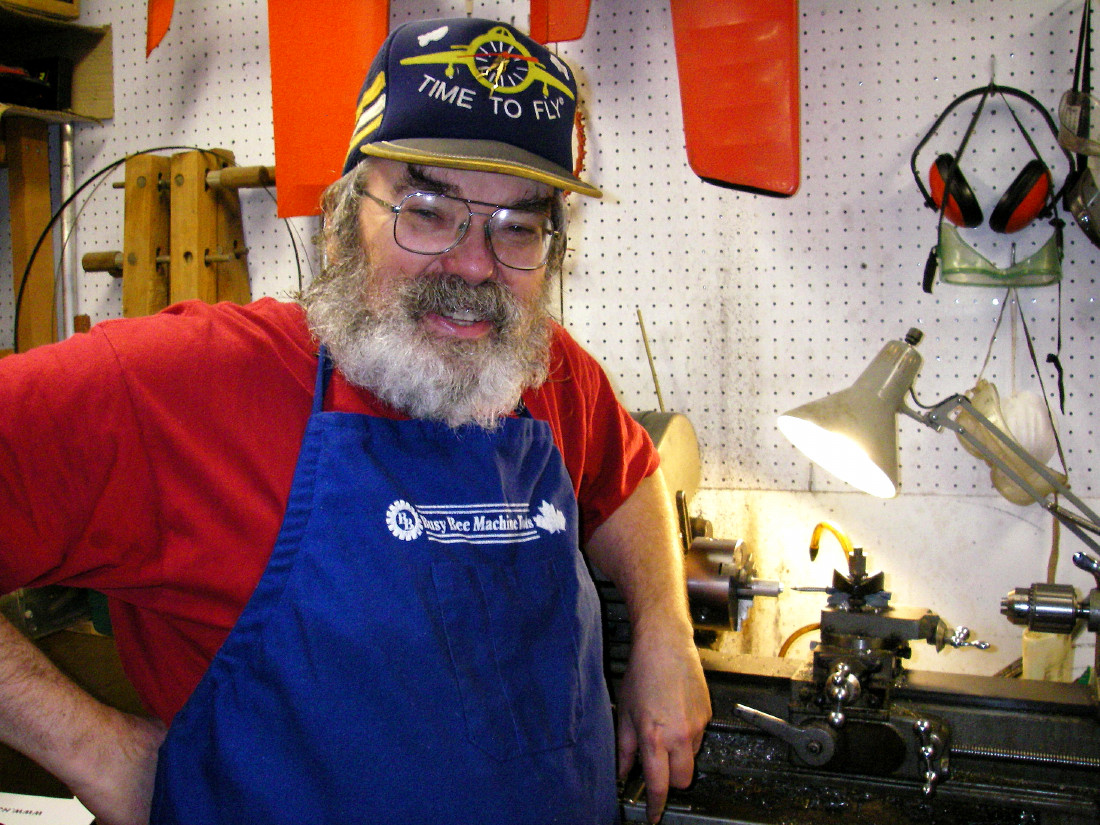 Greetings once more from Canada's West Coast! Yet another edition of my website out on schedule! I really need to be careful - people might get used to this! Won't keep happening for ever ..........
Greetings once more from Canada's West Coast! Yet another edition of my website out on schedule! I really need to be careful - people might get used to this! Won't keep happening for ever .......... Of course, hits are one thing - actual visits are quite another, since they reflect the level of interest aroused among those who happen to hit upon the site. The good news was that the record number of hits also translated into a record number of actual visits for a January total of 20,496. The first time that the site has attracted over 20,000 visits in a single month! The visit/hit ratio for January (the proportion of hits which translated into visits) held steady at 3.3%, unchanged from the previous two months. Put another way, one hit in 30 continued to result in an actual visit. Clearly the site still attracts its share of direct interest from among those who stumble across it!
Of course, hits are one thing - actual visits are quite another, since they reflect the level of interest aroused among those who happen to hit upon the site. The good news was that the record number of hits also translated into a record number of actual visits for a January total of 20,496. The first time that the site has attracted over 20,000 visits in a single month! The visit/hit ratio for January (the proportion of hits which translated into visits) held steady at 3.3%, unchanged from the previous two months. Put another way, one hit in 30 continued to result in an actual visit. Clearly the site still attracts its share of direct interest from among those who stumble across it!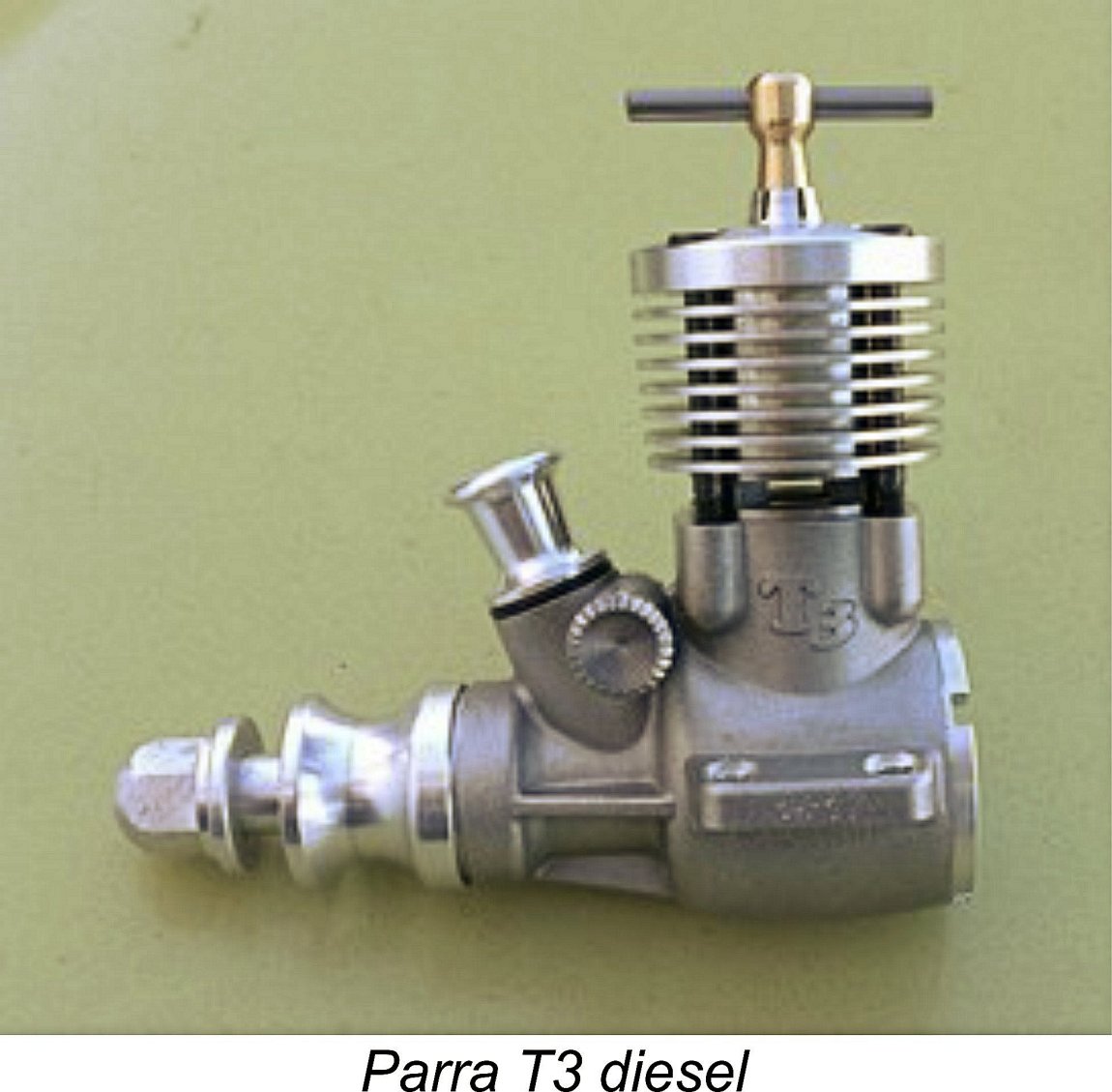
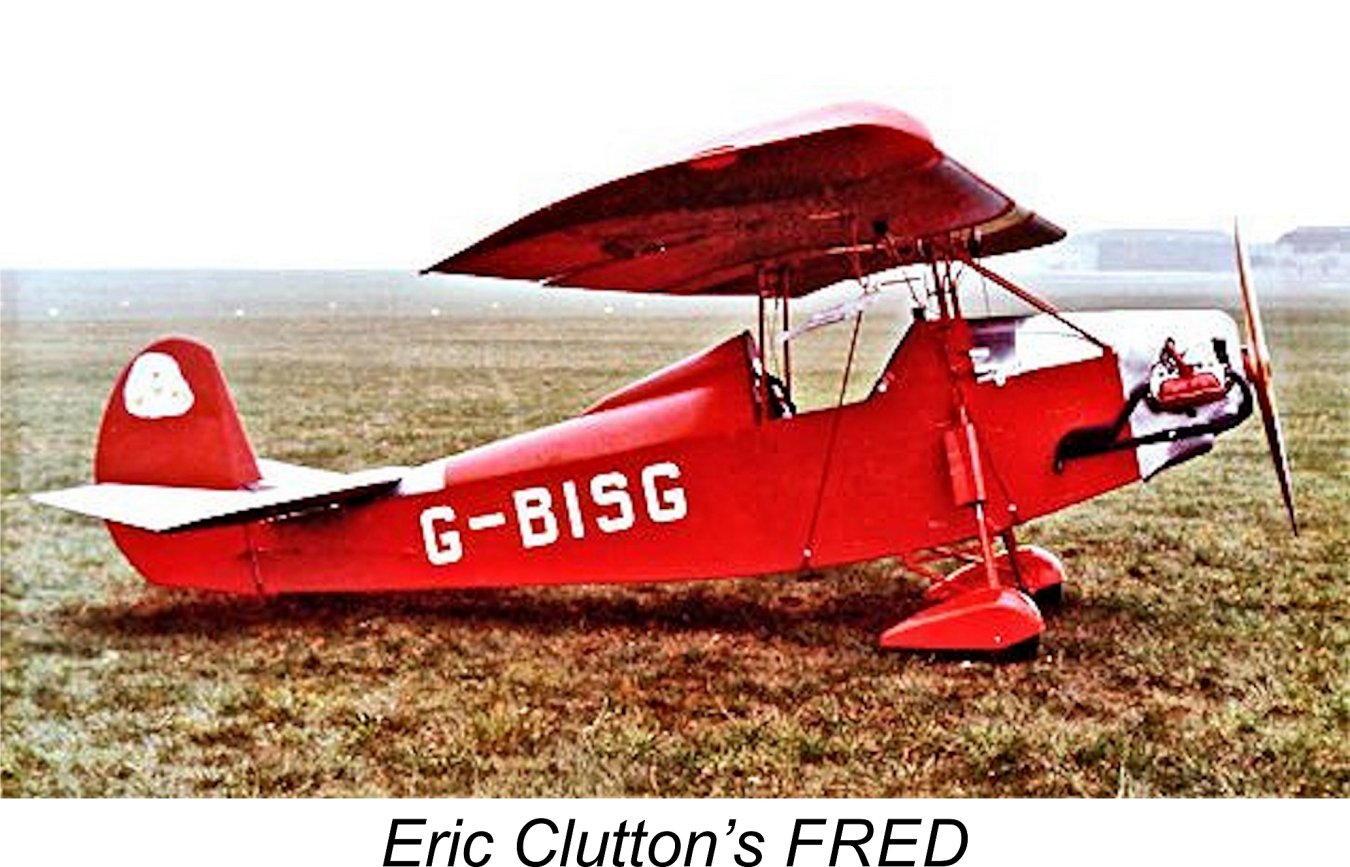
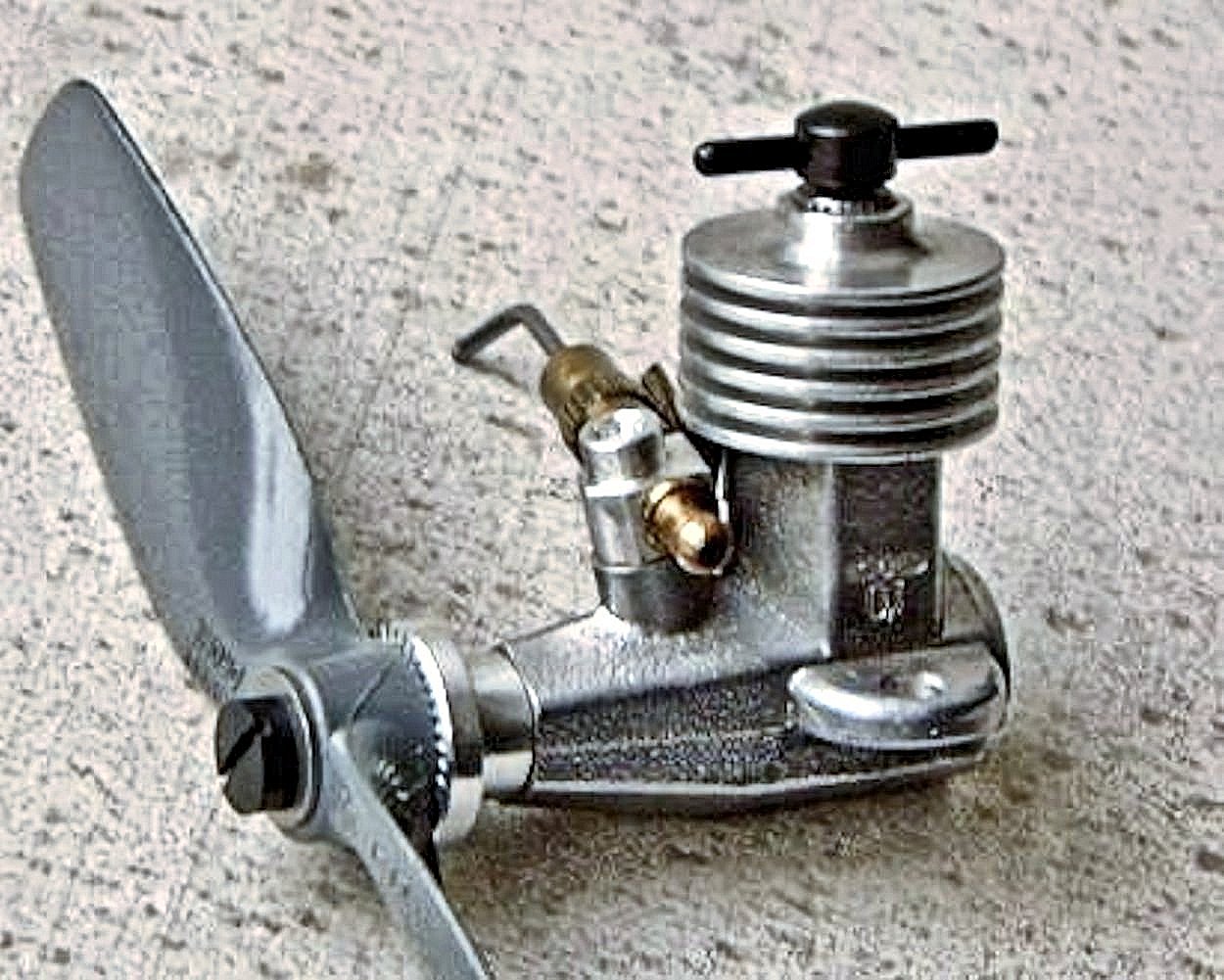 Mr. Davidovič reportedly developed this engine with the idea of producing the design commercially with the support of the government of the day. However, the government refused to endorse the project. As a result, only between 6 and 12 examples were ever made. My sincere thanks to Bob for sharing this unique model engine with us!
Mr. Davidovič reportedly developed this engine with the idea of producing the design commercially with the support of the government of the day. However, the government refused to endorse the project. As a result, only between 6 and 12 examples were ever made. My sincere thanks to Bob for sharing this unique model engine with us!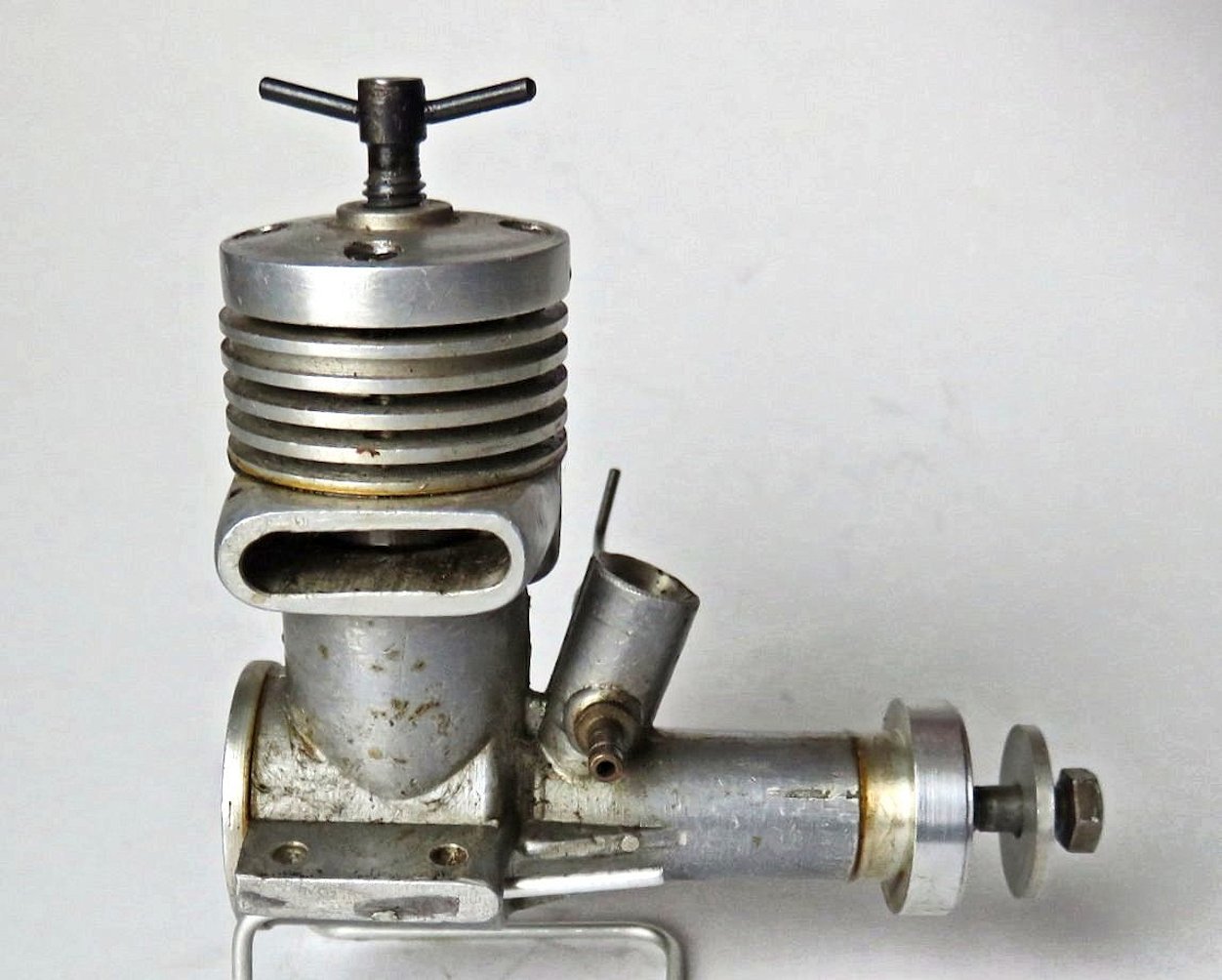 This very neat 2.5 cc cross-flow loop-scavenged diesel bears no markings at all to guide us. However, Peter is 99% sure that it's of Czech origin. He says this because it has two features which are almost definitive - an aluminium alloy contra piston and a screw-in backplate with no slots to facilitate tightening using a suitable tool. I agree with Peter that taken together, these features are pretty indicative, although there's always the possibility that the engine did originate elsewhere. I've added this one to the
This very neat 2.5 cc cross-flow loop-scavenged diesel bears no markings at all to guide us. However, Peter is 99% sure that it's of Czech origin. He says this because it has two features which are almost definitive - an aluminium alloy contra piston and a screw-in backplate with no slots to facilitate tightening using a suitable tool. I agree with Peter that taken together, these features are pretty indicative, although there's always the possibility that the engine did originate elsewhere. I've added this one to the 
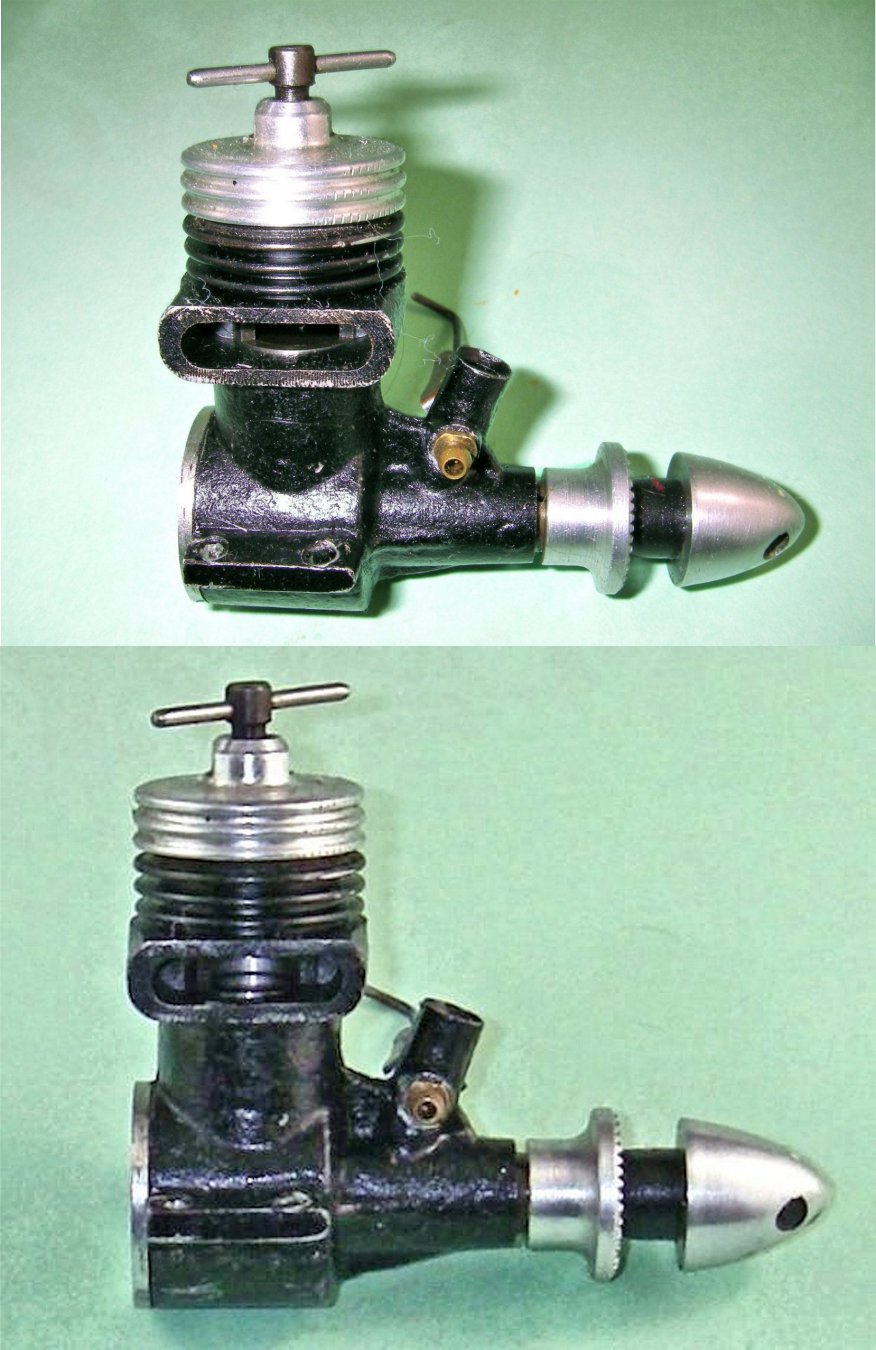 Of course, I will gratefully accept any images submitted, whether or not they meet these guidelines. As I've stated often enough in these pages, any image is infinitely better than none! It's just that adherence to these guidelines can significantly reduce my workload in maintaining and updating the contents of this website. I'm all for that!! Naturally, images extracted from archival publications are what they are, and I just have to work with them.
Of course, I will gratefully accept any images submitted, whether or not they meet these guidelines. As I've stated often enough in these pages, any image is infinitely better than none! It's just that adherence to these guidelines can significantly reduce my workload in maintaining and updating the contents of this website. I'm all for that!! Naturally, images extracted from archival publications are what they are, and I just have to work with them.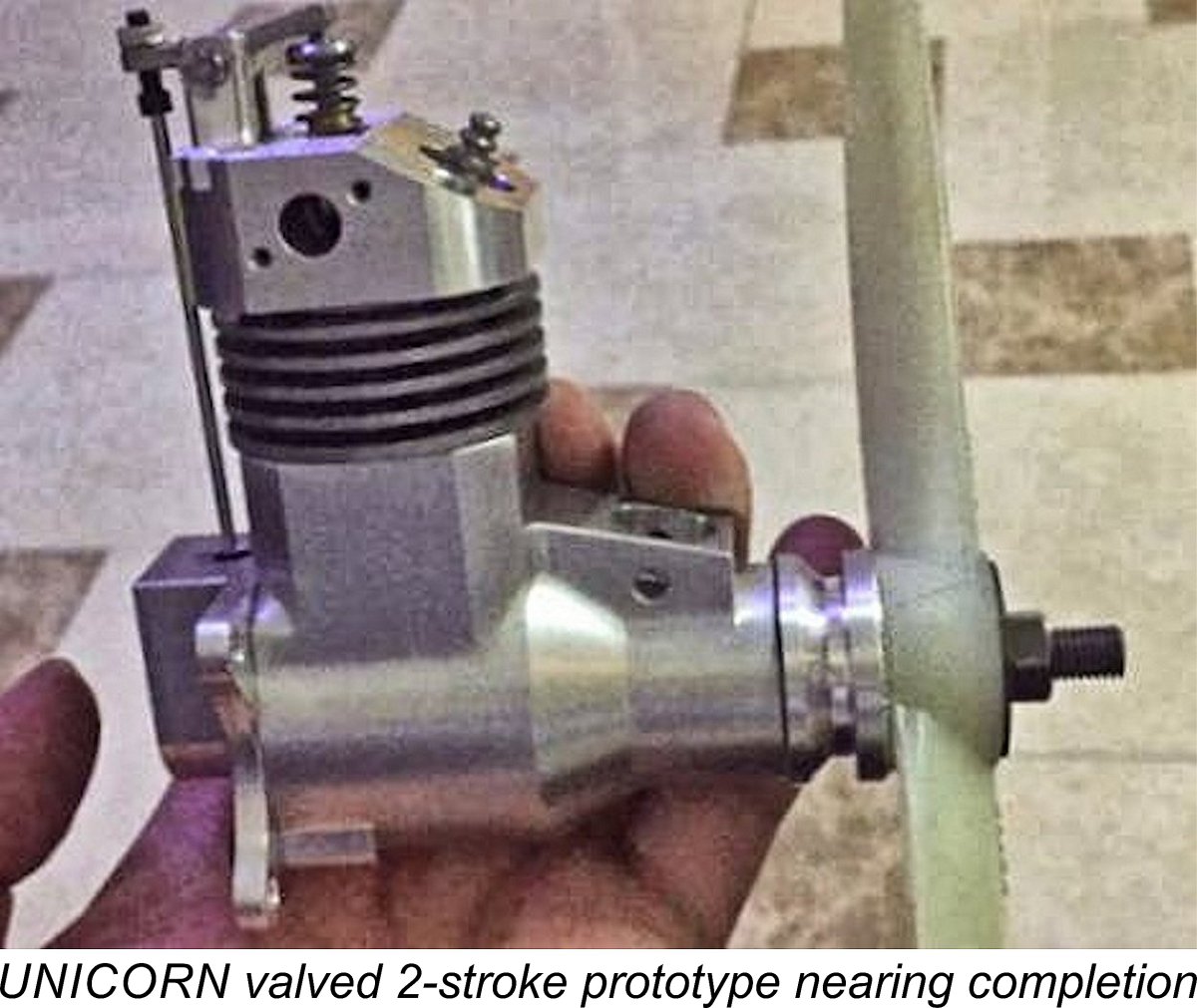
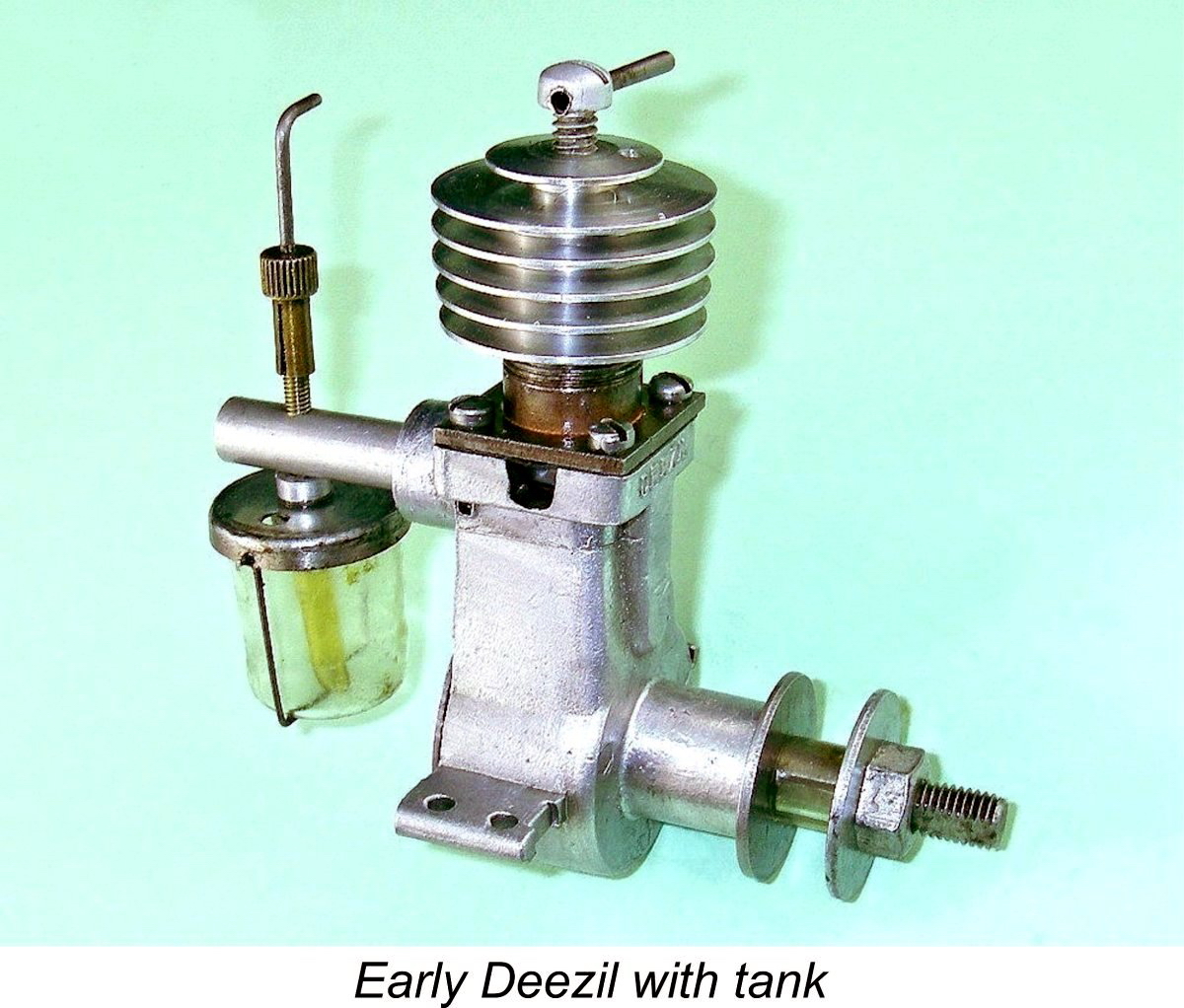 Why, you may ask?!? After all, I've previously featured the Deezil in an article which may still be accessed
Why, you may ask?!? After all, I've previously featured the Deezil in an article which may still be accessed 